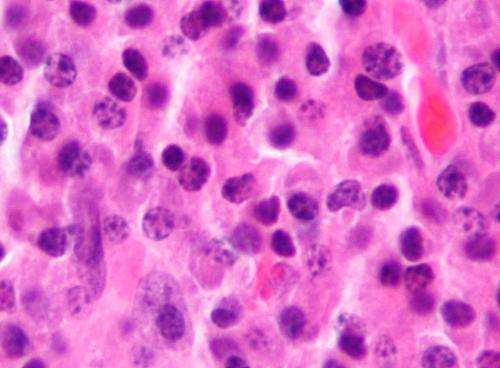How Fighters Manage Weight in Combat Sports and Replenish It for Competition

In combat sports, athletes meticulously manipulate their body weight to qualify for specific categories, often engaging in rapid weight-loss strategies in the days leading up to a match. A recent example highlights boxer Chris Eubank Jr., who narrowly missed his weight limit by just 0.05 pounds (around 23 grams), costing him a substantial purse. But why do fighters go to such lengths, and what physiological processes are involved?
Combat sports such as boxing, MMA, and wrestling organize competitors into weight classes to promote fair, strategic, and safe competition. These divisions aim to ensure that victory relies more on skill and technique than raw size, creating equitable matchups that challenge athletes' power, speed, reach, endurance, and tactical prowess.
Body Composition and Weight Sources
A person’s body weight comprises primarily fat mass and lean body mass, which includes muscles, bones, organs, and water. Fat percentage varies based on individual factors like sex, age, and activity level, with healthy ranges around 25% for men and 30% for women. Athletes aim to lose fat while preserving lean mass, especially muscles vital for performance.
The Process of Weight Loss in Fighters
Preparation for a fight starts approximately 8-12 weeks beforehand, depending on various factors. While there is no standard weight reduction percentage, many pursue a loss of about 10% of their total body weight through a combination of diet and training. The goal is to reduce fat stores without compromising strength.
Methods of Weight Loss
Fighters typically begin by gradually reducing calorie intake and increasing physical activity, focusing on a balanced diet that sustains muscle and energy levels. Closer to weigh-in, more aggressive measures are employed to shed residual water weight. These include workouts wearing sweat suits, prolonged sweating, and dehydration tactics like limiting fluid intake or even spitting saliva.
Extreme and risky measures, such as laxatives, diuretics, or enemas, are discouraged due to their harmful effects. These practices can lead to significant dehydration, electrolyte imbalances, and physiological stress, with some athletes experiencing fainting or collapse during weigh-ins. Water loss reduces blood volume, plasma levels, and bodily fluids essential for transporting oxygen, minerals, and energy, heightening the risk of serious health issues.
Post-Weigh-In Replenishment
Since fighters cannot perform effectively in a dehydrated state, weigh-ins are scheduled at least 24 hours before the match. After weighing, athletes focus on rehydrating with fluids, replenishing electrolytes, and consuming carbohydrates to restore glycogen stores. Hydration and energy resupply are crucial, as muscle water content—about 76%—affects strength and power. Adequate rehydration and nutrition are linked to better performance; studies show victorious fighters tend to regain more weight between the weigh-in and the fight, correlating with improved chances of victory.
In summary, weight management in combat sports involves strategic, often intense, processes that balance physical health with the demands of fair competition. Proper rehydration and nutrition are essential for optimal performance and safety on fight day.
Stay Updated with Mia's Feed
Get the latest health & wellness insights delivered straight to your inbox.
Related Articles
Innovative Approach Using Iron to Target Multiple Myeloma Cells
Duke University researchers have discovered that inhibiting the enzyme STK17B can trigger ferroptosis in multiple myeloma cells, offering a new promising treatment strategy to overcome drug resistance and improve outcomes for patients.
Supreme Court To Hear Case on New Jersey Investigation into Anti-Abortion Clinics
The U.S. Supreme Court will review a case involving New Jersey's investigation into anti-abortion pregnancy centers and a subpoena for donor information, raising important First Amendment questions.
Advancements in Radiotherapy: Higher Doses with Fewer Treatments
Innovations in radiotherapy now enable higher doses of radiation with fewer treatment sessions, improving precision and patient outcomes through advanced technology and auditing.



